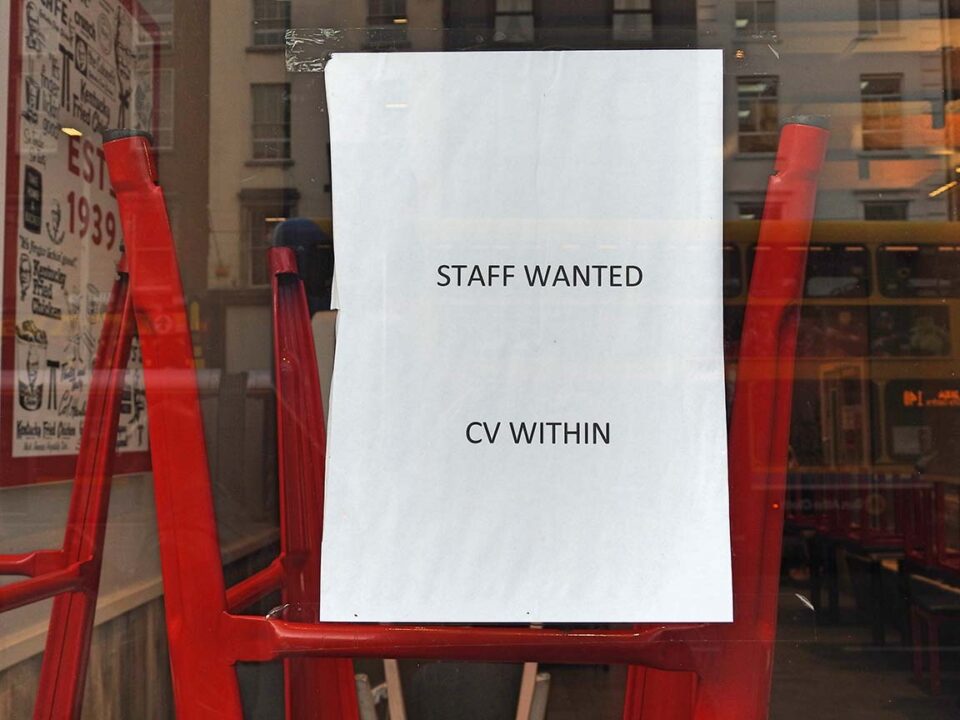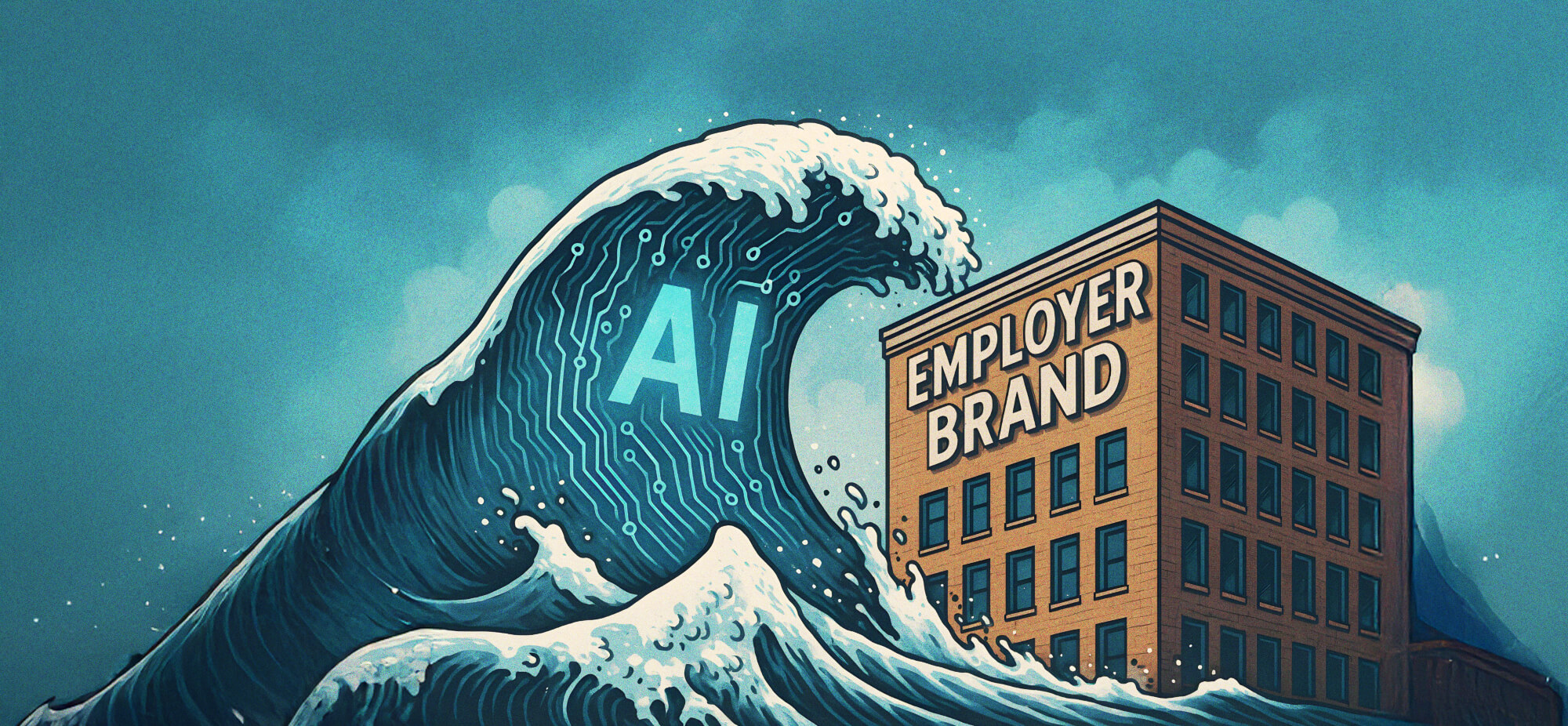
Talent Attraction: What’s Changed in a Quarter of a Century?
The world of work has had some fast-moving changes in the last few years. A generation of flexible and hybrid workers have both sprung up and become established, and we’ve seen the impact and new skills in demand from AI technologies.
As we enter 2025, it’s easy to get lost in the big changes our industry has seen in the post-pandemic years alone. But how about the last quarter century as a whole? How has the world of talent attraction transformed for employers and candidates since the year 2000?
We spoke to two of our experienced colleagues, Head of Research & Analysis Tom Smith who’s been with Enhance Media for ten years and Operations Manager Lorna Richards who has been in recruitment since 2007 about how the talent attraction world has changed.
Cast your mind back as we go on a journey through time to consider what developments and disruptors have fallen by the wayside or become everyday essentials.
How recruiting worked in the…Noughties (2000 to 2010)
You still remember going to a Millennium party to welcome in the year 2000. U2 is playing incessantly on the radio. You’re searching for a job, and your older family members say it’s all about putting on a smart suit and pounding the pavement to hand out your printed CV to whoever’ll take it and asking friends of friends if whatever company they’re at has got anything going.

Remember when your pool of potential employees was limited to either
recruitment agencies or whoever happened to pass by your ad?
You’ve got stacks of magazine and newspaper listings sitting around the kitchen that you need to finish going through and hope the roles aren’t already filled. But now you can hook up your modem and see what roles are available near you with new job boards like Monster to apply directly. Isn’t that great that you don’t need to leave the house or ring someone on the phone to apply for a job anymore?
What job boards did was broaden the candidate base, for in-house HR professionals and recruitment agencies alike.
Key Disruptor: Job boards
What was the impact?
- Employees could learn more easily about jobs matching their skills
- HR teams could contact employees directly
- Recruiters could get greater visibility on their roles
- Jobs could be posted and updated instantly, allowing companies to respond to their hiring needs quicker
How recruiting worked in the…2010’s (2010 to 2020)
Get Lucky by Daft Punk is on the office radio and Marvel is what people are talking about seeing at the cinema at the weekend. Everyone’s in the office together and it’s smart dress code, ironed shirts and heels. But beneath it all, there’s a growing desire for the world of corporate work to be less stuffy and that bit more colourful, engaging.
Where do you see that? In the funky bean bags and table football in breakout spaces that make prospective candidates’ eyes light up.

There’s really no way to overstate how exciting an office bean bag was in a professional context.
The power of personality is coming out not just in the office space but also online as personal brands start being built. Around you, people are posting in a professional capacity on LinkedIn and Twitter about all the hot conversation topics like being ‘on the cloud’ – and for all that you see it talked about a lot, you’re still only 65% sure you entirely know what that means.
Even the organisations themselves are getting less faceless and generic, with new employer brand guidelines on how to keep that tone of voice matching up across the careers site, job descriptions, and even automated interview reminders. It’s just one way that marketing ideas about how to communicate appealingly are filtering into an area that’s traditionally sat under business operations and HR.
It’s quite odd to think of how much has changed since then.
Take presenting – that used to be all in person to clients, fitting everyone in a meeting room, printing off notes, passing around handouts, remembering to look up at people.
Remotely now, where it’s all at the touch of a button, in many ways it’s just so much easier.
People are talking about how so many people are going through university now that a degree doesn’t mean what it once did. But on the plus side, talent programmes such as Return to Work schemes that acknowledge people as more than employees, are now being rolled out at some of the biggest companies. And you’re more and more likely to find diversity, equality and inclusion (DEI) initiatives on a company careers site.
Key Disruptor: Cloud technologies
What was the impact?
- Companies begin to move their infrastructure away from physical restrictions and make the transition to cloud technologies like AWS and OneDrive
- A new generation of jobs become available in digital, data and ecommerce
- Hybrid working arrangements become more available as remote access to vital files and collaboration improves – though still limited for many
- Data from sources like applicant tracking systems (ATS) and career sites create powerful insights
- Cloud computing enables the demand for ‘Big Data’ and top-level insights into candidate behaviour and more
How recruiting worked in the 2020’s (2020 to 2025)
From conversations on how to solve the dull parts of your job with AI, to the state of hybrid and remote working, and what employers are smashing it for being discoverable on TikTok, there’s been a lot of accelerated change in the last half-decade. It can feel at times like we’re still only just catching up – such as the occasional surrealness of seeing the inside of a colleague’s home over the webcam.
Interviewing candidates over Teams is so helpful to us, to them, it’s mutually beneficial as we can get a sense of each other face to face but without having to travel.
It makes the recruitment process significantly quicker – we can find a candidate one day and offer them a job in 3 to 4 days, if necessary.
If in the 2010’s we were turning from generic corporate blandness to a more quirky playfulness, then the 2020’s have seen that mature in depth and complexity. Now, we’re looking past the office persona to a broader appreciation of what it means to be human in the workplace, being part and parcel of how we achieve and excel.

Even office interior design itself looks more natural and organic these days. Pot plant, anyone?
What does that look like? There’s now a lot more cultural zeitgeist about people being themselves in the workplace. With wellbeing, flexible working and work/life balance initiatives and conversations about DEI that go beyond the typical, to more nuanced topics such as disability and gender non-conformity.
Benefits and incentives have become a lot more important to candidates, especially since Covid. More candidates now are looking for a good work/life balance.
Most like a hybrid way of working – they want to know they can have a bit of socialising in the office but then the convenience of working from home.
They also want to know they have a clear path of progression. It is not all about the money anymore, although this is still very important.
In talent attraction especially, we’re seeing more nuanced ways of looking at established concepts such as early careers and considering how trainee pathways, apprenticeships and graduate schemes are used not just by school leavers but also career changers. There’s more and more demand to ensure early careers messaging and targeting can accommodate more than one candidate audience.
The rise of skills-based hiring similarly is about going beyond traditional qualifications and barriers to instead identify other aptitudes for a role that someone can then be trained to thrive in.
The 2020’s have also seen new advertising possibilities arrive to get messaging about jobs in front of both active and passive candidates. Connected TV, podcast network advertising and digital out-of-home advertising are now up for consideration in the world of talent attraction in a big way where they weren’t before.
The best part of these formats is that it allows you to get touchpoints with candidates away from the traditional digital screen – and still with the same programmatic advert distribution and analytics that can integrate effortlessly into dashboards and reporting.
Originally, nothing joined up. It was frustrating to be unable to connect up these siloed data points between pay per click advertising, Google analytics and application data in the ATS.
Unlike now where we can use data warehousing to bring it all in one place with one interactive dashboard for the candidate journey, where we can even bring in research data to add context and insight. Our Source-to-Hire solution even brings in data like quality of hires, so there’s visibility even beyond the application itself as well.
Key Disruptor: Google for Jobs
What was the impact?
- Job search had become decentralised for many candidates due to duplicate job listings across employer career sites, job boards and more
- Google for Jobs looks to answer this search experience by aggregating jobs from different listings into one place at the top of search
- It’s become one of the top free sources of candidate traffic
- Updates in Q4 2024 saw the click-through rates increase by 75% on average for our UK employers (Read more)
At Enhance Media, we’ve spent over 20 years supporting talent attraction teams with every aspect of their recruitment marketing. From insight-rich research and analytics that troubleshoots your obstacles, to attracting candidates to your careers with with paid advertising, SEO and Google for Jobs. We’re a full-service agency that can bring together some seriously smart bespoke solutions from across different areas of expertise.
Want to know more? Take a look at our case studies on how we’ve made a difference to top employers around the world.

To chat to an expert on branding, speak to us today.
Please email [email protected] or call us on 01483 719020.
- Topics:
- News





